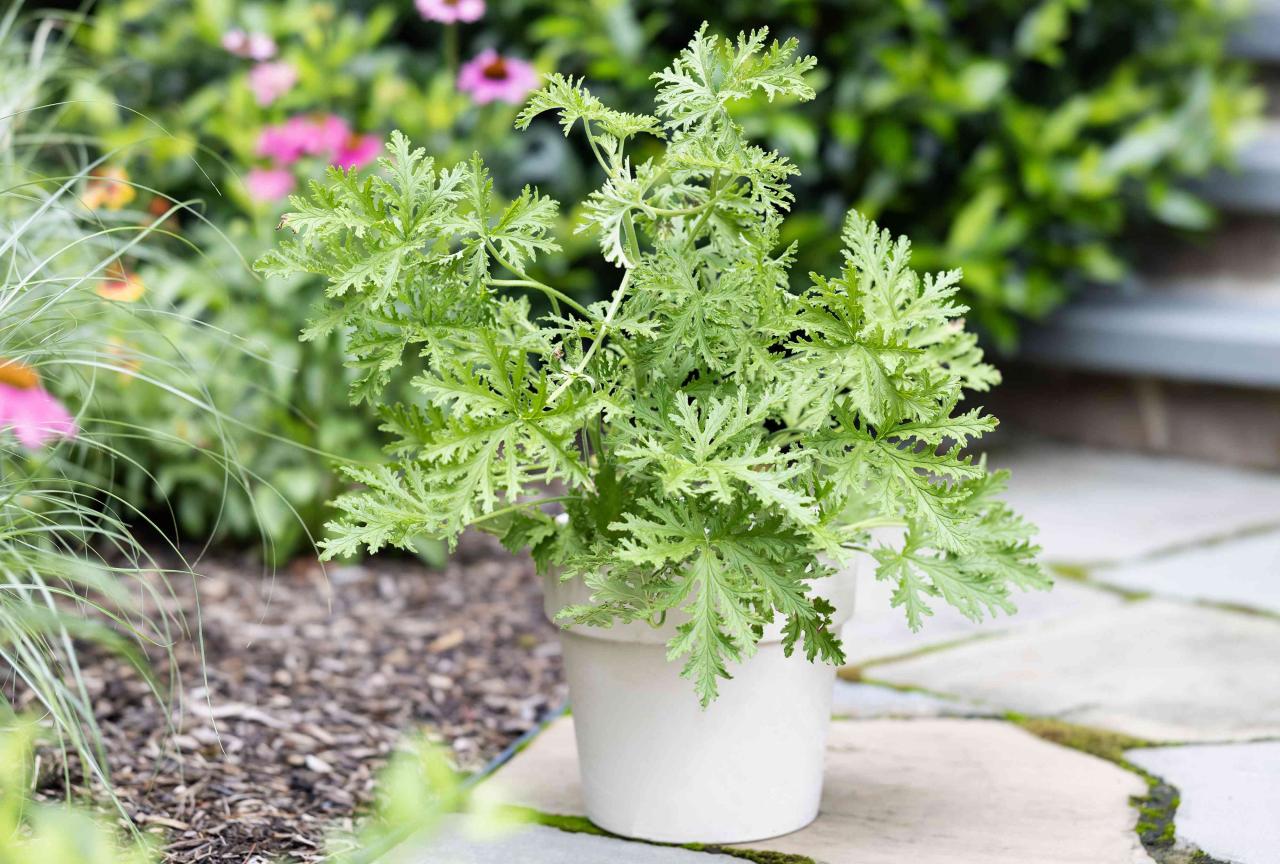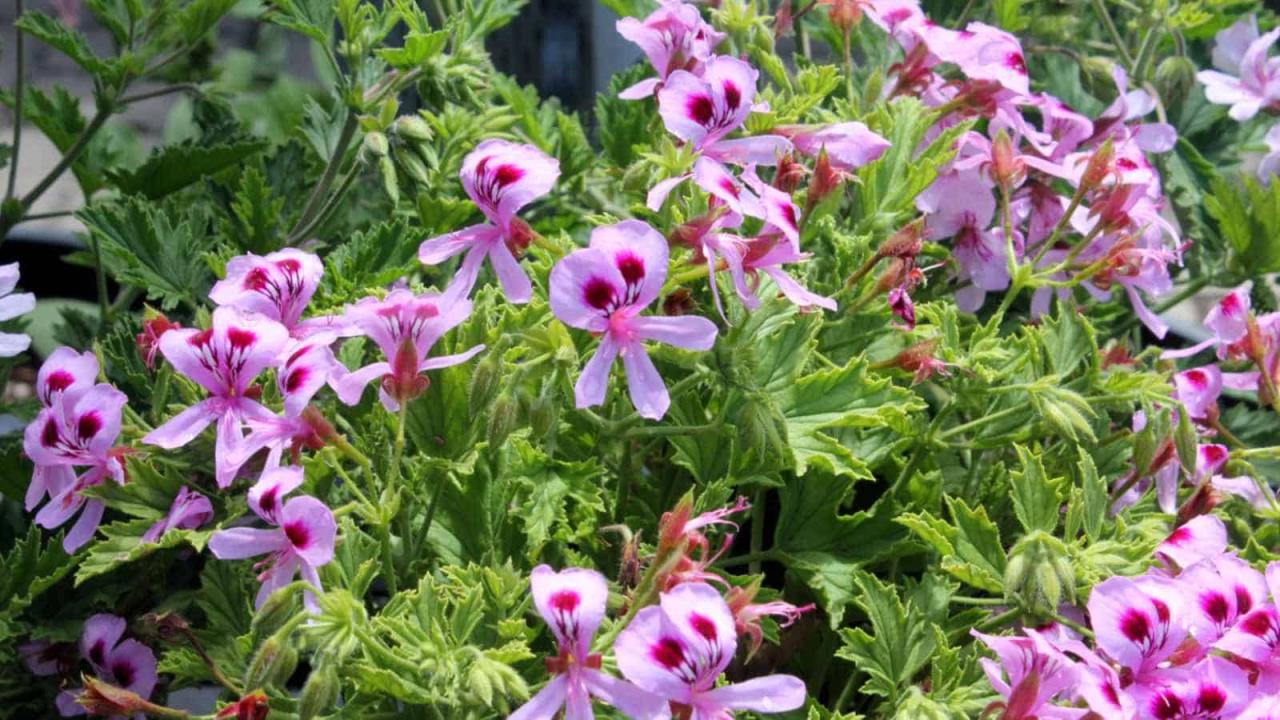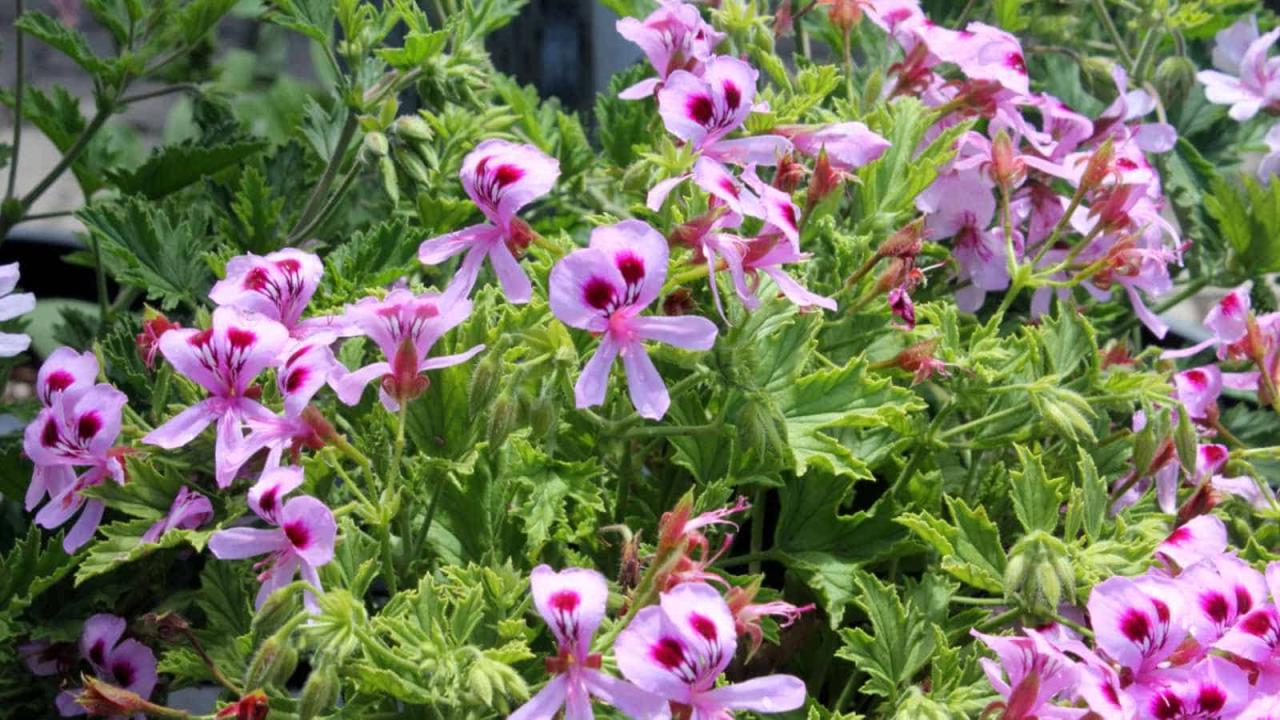How to Incorporate Citronella Plant into Your Garden: Tips for Maximum Effectiveness – Citronella, with its distinctive lemony scent and natural insect-repelling properties, has long been a favorite among gardeners seeking a natural approach to pest control. From its origins in Southeast Asia to its widespread use in gardens worldwide, citronella has earned its place as a valuable ally in the fight against pesky insects.
Beyond its practical applications, citronella adds a touch of elegance and charm to any garden. Its graceful foliage and vibrant green hues complement a wide range of plant species, creating a harmonious and inviting atmosphere. Whether you’re seeking to deter mosquitoes from your patio, protect your vegetable patch from harmful pests, or simply enhance the aesthetic appeal of your outdoor space, citronella offers a versatile and effective solution.
Introduction to Citronella Plants
Citronella plants, scientifically known as
- Cymbopogon nardus* and
- Cymbopogon winterianus*, are perennial grasses native to Southeast Asia. They are renowned for their distinctive lemony-citrus scent, which stems from the presence of essential oils, primarily citronellal and geraniol. This potent aroma serves as a natural insect repellent, effectively deterring mosquitoes, flies, and other pesky insects.
The unique scent of citronella is attributed to the presence of volatile compounds, primarily citronellal and geraniol, found in the plant’s essential oils. These compounds have been shown to disrupt the olfactory senses of insects, making it difficult for them to locate their targets.
The effectiveness of citronella as an insect repellent has been recognized for centuries, with traditional uses dating back to ancient times.
Uses of Citronella Plants
Citronella plants have a wide range of applications, making them versatile additions to any garden or home. Their primary use lies in their insect-repelling properties, which are particularly effective against mosquitoes. The plant’s essential oils can be extracted and used in various forms, including candles, diffusers, and insect repellents.
In gardening and landscaping, citronella plants serve as natural deterrents to pests, promoting a healthy and thriving ecosystem.
- Gardening and Landscaping:Citronella plants are commonly used as natural insect repellents in gardens and landscapes. Their strong scent effectively deters mosquitoes, flies, and other pesky insects, creating a more enjoyable outdoor space. They can be planted strategically around patios, decks, and other areas where insects are prevalent.
- Aromatherapy:Citronella essential oil is a popular ingredient in aromatherapy, known for its calming and refreshing properties. It is often used in diffusers and massage oils to create a relaxing and invigorating atmosphere. Its insect-repelling properties also make it a useful addition to aromatherapy blends designed to deter mosquitoes and other insects.
- Insect Repellents:Citronella essential oil is a key ingredient in many commercial insect repellents. Its effectiveness in deterring mosquitoes has been scientifically proven, making it a popular choice for outdoor activities. Citronella candles, diffusers, and sprays are widely available and provide a natural and effective way to repel insects.
Choosing the Right Citronella Variety

While all citronella plants offer some insect-repelling properties, certain varieties are more effective than others. Understanding the differences between these varieties will help you choose the best one for your garden.
Citronella Plant Varieties: A Comparative Analysis
Choosing the right citronella variety depends on your specific needs and garden conditions. Here’s a comparison of popular varieties, highlighting their unique characteristics:
- Cymbopogon nardus (Ceylon Citronella):This variety is known for its strong, pungent citronella scent, making it a highly effective insect repellent. It grows tall, reaching up to 6 feet in height, and prefers warm, humid climates.
- Cymbopogon winterianus (Java Citronella):This variety is slightly less pungent than Ceylon citronella but still offers excellent insect-repelling properties. It is known for its faster growth rate and can tolerate slightly cooler temperatures.
- Cymbopogon citratus (Lemon Grass):This variety is often confused with citronella but has a distinct lemony aroma. While it offers some insect-repelling properties, it is primarily used for culinary purposes and has a lower scent intensity than citronella.
- Cymbopogon flexuosus (Palmarosa):This variety has a milder, sweeter scent compared to other citronella varieties. It is primarily used for its essential oil, which has medicinal properties. It is less effective as an insect repellent.
Factors to Consider When Choosing a Citronella Variety
Here are some factors to consider when choosing a citronella variety for your garden:
- Scent Intensity:If you are looking for a strong insect repellent, choose Ceylon citronella. If you prefer a milder scent, consider Java citronella or Lemon Grass.
- Growth Habit:Ceylon citronella grows tall and requires ample space. Java citronella is more compact and suitable for smaller gardens.
- Climate:Ceylon citronella thrives in warm, humid climates. Java citronella can tolerate slightly cooler temperatures.
- Soil Conditions:All citronella varieties prefer well-drained soil.
- Purpose:If you are primarily interested in insect repelling, Ceylon citronella is the most effective choice. If you are looking for a culinary herb, Lemon Grass is a better option.
Planting and Growing Citronella Plants

Citronella plants thrive in warm, humid climates and require specific conditions to flourish. Understanding the optimal growing environment and planting techniques is crucial for successful cultivation and maximum effectiveness.
Optimal Growing Conditions
Citronella plants prefer well-drained soil with a slightly acidic pH range of 6.0 to 6.5. They are also sun-loving plants, requiring at least six hours of direct sunlight daily. Consistent moisture is essential, but overwatering can lead to root rot.
Planting Procedure
- Spacing:Plant citronella seedlings or divisions approximately 12 to 18 inches apart to allow for proper air circulation and growth.
- Depth:Dig a hole twice as wide and as deep as the root ball. Gently loosen the soil around the roots and place the plant in the hole, ensuring the top of the root ball is level with the soil surface.
- Fertilization:Use a balanced fertilizer, such as a 10-10-10 formula, every four to six weeks during the growing season. Avoid excessive fertilization, as it can lead to foliage growth at the expense of essential oil production.
Maintaining Healthy Growth
Regular watering is essential for citronella plants, especially during dry periods. Aim for deep watering, ensuring the soil is consistently moist but not waterlogged. Weeding regularly to prevent competition for nutrients and sunlight is crucial. Citronella plants are generally pest-resistant, but aphids and mealybugs can be problematic.
Monitor for signs of infestation and use organic pest control methods, such as insecticidal soap or neem oil, to manage any pests.
Maximizing Citronella Effectiveness: How To Incorporate Citronella Plant Into Your Garden: Tips For Maximum Effectiveness
Citronella plants are known for their natural insect-repelling properties, but their effectiveness can vary depending on several factors. Understanding these factors and implementing strategic practices can significantly enhance their repellent capabilities.
The Science Behind Citronella’s Insect-Repelling Properties
Citronella’s insect-repelling properties stem from the presence of volatile oils, primarily citronellal and geraniol, which are released into the air. These oils act as natural deterrents to various insects, particularly mosquitoes, by interfering with their olfactory senses and repelling them from the area.
Factors Influencing Citronella’s Effectiveness
- Plant Maturity:Younger citronella plants produce less volatile oils, making them less effective at repelling insects. As the plants mature and develop a robust root system, their oil production increases, leading to enhanced insect-repelling capabilities.
- Environmental Conditions:The effectiveness of citronella can be influenced by environmental conditions such as temperature, humidity, and sunlight. High temperatures and humidity can accelerate the evaporation of volatile oils, increasing their effectiveness. However, excessive heat or drought can stress the plants, reducing their oil production.
- Insect Species:Citronella is more effective against certain insect species than others. While it is known to repel mosquitoes, it may have limited effectiveness against other insects, such as ticks or flies.
Strategic Planting for Maximum Effectiveness
- Placement:Strategically place citronella plants around areas where insects are prevalent, such as patios, decks, and outdoor dining areas. Consider planting them near windows and doorways to create a barrier against insects entering your home.
- Density:Planting citronella plants in close proximity can create a denser concentration of volatile oils, increasing their insect-repelling effectiveness. However, ensure adequate spacing to allow for proper air circulation and sunlight penetration.
Companion Planting
- Lavender:Lavender is another plant known for its insect-repelling properties, and planting it alongside citronella can enhance their combined effectiveness. The combination of their volatile oils creates a more potent deterrent against insects.
- Catnip:Catnip is known to repel mosquitoes, making it a suitable companion plant for citronella. It can be planted near citronella to create a synergistic effect, further enhancing their insect-repelling capabilities.
Using Essential Oils
Citronella essential oil is a concentrated form of the volatile oils found in citronella plants. It can be used in diffusers, candles, or insect repellent sprays to create a strong insect-repelling effect. However, it is important to use essential oils safely and in moderation, as some individuals may experience skin irritation or allergic reactions.
Creative Garden Design with Citronella
Citronella plants, with their fragrant foliage and insect-repelling properties, offer a unique opportunity to enhance both the aesthetic appeal and functionality of your garden. Incorporating citronella strategically can create a natural, visually pleasing environment that effectively deters unwanted pests.
Citronella Plant Placement Strategies
Strategic placement of citronella plants is crucial for maximizing their effectiveness and enhancing the overall garden design.
- Border Plantings:Citronella’s dense foliage and upright growth habit make it ideal for creating natural borders along walkways, paths, and garden beds. This creates a visual barrier while simultaneously deterring insects from entering these areas.
- Container Arrangements:Citronella plants thrive in containers, allowing for flexible placement and easy movement. Arrange citronella plants in decorative pots and planters near outdoor seating areas, patios, or entrances to create a fragrant and insect-free zone.
- Natural Insect Barriers:Plant citronella strategically around vulnerable areas, such as vegetable gardens, fruit trees, or areas prone to insect infestations. This creates a natural barrier that repels insects and protects your prized plants.
Garden Design Examples with Citronella
Here’s a visual representation of a garden design incorporating citronella plants:
Citronella Border |
||||
Vegetable Garden |
Flower Bed |
|||
Citronella Container |
In this example, citronella plants create a border around the vegetable garden, deterring insects from reaching the crops. A citronella container placed near the flower bed provides a fragrant and insect-repelling zone.
Aesthetic and Functional Benefits of Citronella
Citronella plants offer both aesthetic and functional benefits, enhancing the overall garden experience:
- Visual Appeal:Citronella’s lush green foliage and upright growth habit add texture and visual interest to garden designs. The vibrant green leaves contrast beautifully with colorful flowers and other foliage plants, creating a visually appealing and dynamic landscape.
- Fragrant Scent:The strong, citrusy scent of citronella is a natural insect repellent, creating a pest-free environment. This allows you to enjoy your garden without being bothered by mosquitoes, flies, and other unwanted insects.
- Natural Pest Control:Citronella’s insect-repelling properties make it a natural and effective pest control solution. This reduces the need for chemical pesticides, promoting a healthier and more environmentally friendly garden.
Additional Considerations
While citronella plants offer a natural and effective way to deter mosquitoes and other insects, it’s crucial to understand their limitations and potential challenges. By addressing these factors proactively, you can maximize the effectiveness of your citronella-based pest control strategy and enjoy a more harmonious garden experience.
Disease Susceptibility, How to Incorporate Citronella Plant into Your Garden: Tips for Maximum Effectiveness
Citronella plants, like any other plant, can be susceptible to various diseases. Fungal diseases, such as leaf spot and rust, can affect the plant’s health and appearance. Proper watering practices, good air circulation, and avoiding overcrowding can help prevent these issues.
Just like citronella plants can deter pesky insects with their fragrant oils, other herbs like kaffir lime leaves can add a unique flavor to your culinary creations. If you’re looking for a guide on incorporating this citrusy leaf into your dishes, check out The Ultimate Guide to Using Kaffir Lime Leaf in Your Cooking: Tips and Tricks.
Back to citronella, planting it in sunny spots and ensuring well-drained soil will help it thrive and produce its insect-repelling aroma, creating a more enjoyable outdoor experience.
If you notice signs of disease, promptly remove affected leaves and consider using a fungicide as a last resort.
Pest Problems
While citronella repels mosquitoes, other pests might still find your plants appealing. Aphids, mealybugs, and spider mites are common culprits. Regularly inspecting your plants for signs of infestation is crucial. You can control these pests with insecticidal soap, neem oil, or by introducing beneficial insects to your garden.
Cold Tolerance
Citronella plants are generally considered to be cold-sensitive. In regions with harsh winters, they might not survive outdoors. If you live in a colder climate, consider growing citronella in containers and bringing them indoors during the winter months.
Alternatively, you can start new plants from seed in the spring.
Creating a natural barrier against pesky insects with citronella plants is a great way to enjoy your garden without the bites. Just like citronella, ivy is another plant that can be easily propagated, allowing you to quickly grow a lush, thriving collection.
Learn how to double your ivy collection with the expert tips found in Double Your Ivy Collection: Propagation Tips for Stunning Growth , then focus on planting your citronella in a sunny spot for optimal growth and fragrance.
End of Discussion
Incorporating citronella into your garden is a rewarding endeavor that combines natural pest control with aesthetic enhancement. By understanding the nuances of choosing the right variety, planting and growing citronella effectively, and maximizing its insect-repelling properties, you can create a beautiful and pest-free haven for yourself and your loved ones.
So, embrace the versatility of citronella and let its fragrant presence transform your garden into a sanctuary of peace and tranquility.
FAQ Compilation
Can I grow citronella in containers?
Yes, citronella plants thrive in containers. Choose a pot with drainage holes and fill it with well-draining potting mix. Make sure the container is large enough to accommodate the plant’s mature size.
How often should I water citronella plants?
Water citronella plants regularly, especially during dry periods. The soil should be kept moist but not waterlogged. Allow the top inch of soil to dry out slightly between waterings.
What are some companion plants for citronella?
Citronella pairs well with other aromatic herbs like rosemary, lavender, and basil. These plants complement each other’s scents and create a harmonious garden environment.
Are citronella plants toxic to pets?
Citronella plants are generally considered safe for pets, but it’s always a good idea to consult with your veterinarian if you have any concerns. Keep an eye on your pets and make sure they don’t ingest large amounts of the plant.
